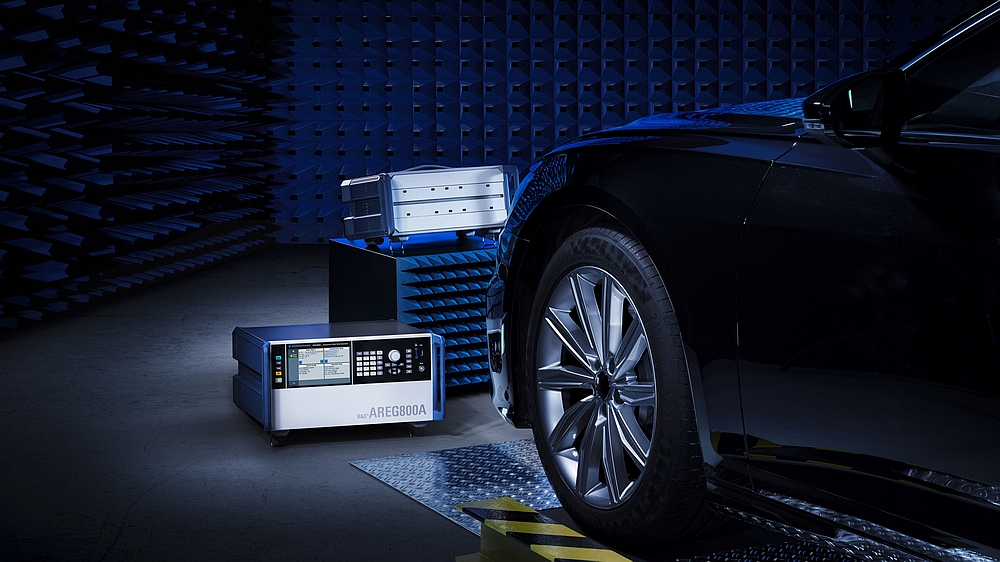- Rohde & Schwarz has validated the design of NXP Semiconductors’ next-generation automotive radar sensor, which detects objects at extremely short distances.
- The radar sensor’s performance has been validated using Rohde & Schwarz’s R&S RTS radar target simulator, which stands out in particular for its ability to electronically simulate objects at very short ranges.
Engineers from both companies conducted a series of tests to verify the new sensor reference design which is based on a NXP’s 28 nm RFCMOS radar one-chip SoC (SAF85xx). The R&S RTS radar test system combines the R&S AREG800A automotive radar echo generator with the R&S QAT100 antenna mmW frontend, offering short-distance object simulation capabilities as well as advanced signal processing. This enables realistic tests of next generation automotive radar applications.
NXP’s next generation automotive radar sensor reference design is enabled by the 28 nm RFCMOS radar one-chip SoC family leveraging the R&S RTS radar test system. The radar sensor reference design can be used for short, medium and long-range radar applications to serve challenging NCAP (NCAP: New Car Assessment Program) safety requirements as well as comfort functions like highway pilot or urban pilot for the segment of L2+ and L3 vehicles.
According to Rohde & Schwarz, the R&S RTS is the only test system suitable for complete characterization of radar sensors and radar echo generation with object distances down to the airgap value of the radar under test. It combines the R&S AREG800A automotive radar echo generator as a backend and the R&S QAT100 antenna array or the R&S AREG8-81S as a frontend. The test solution is suitable for the whole automotive radar lifecycle including development lab, hardware-in-the-loop (HIL), vehicle-in-the-loop (VIL), validation and production application requirements. The solution is also fully scalable and can emulate the most complex traffic scenarios for advanced driver assistance systems.






